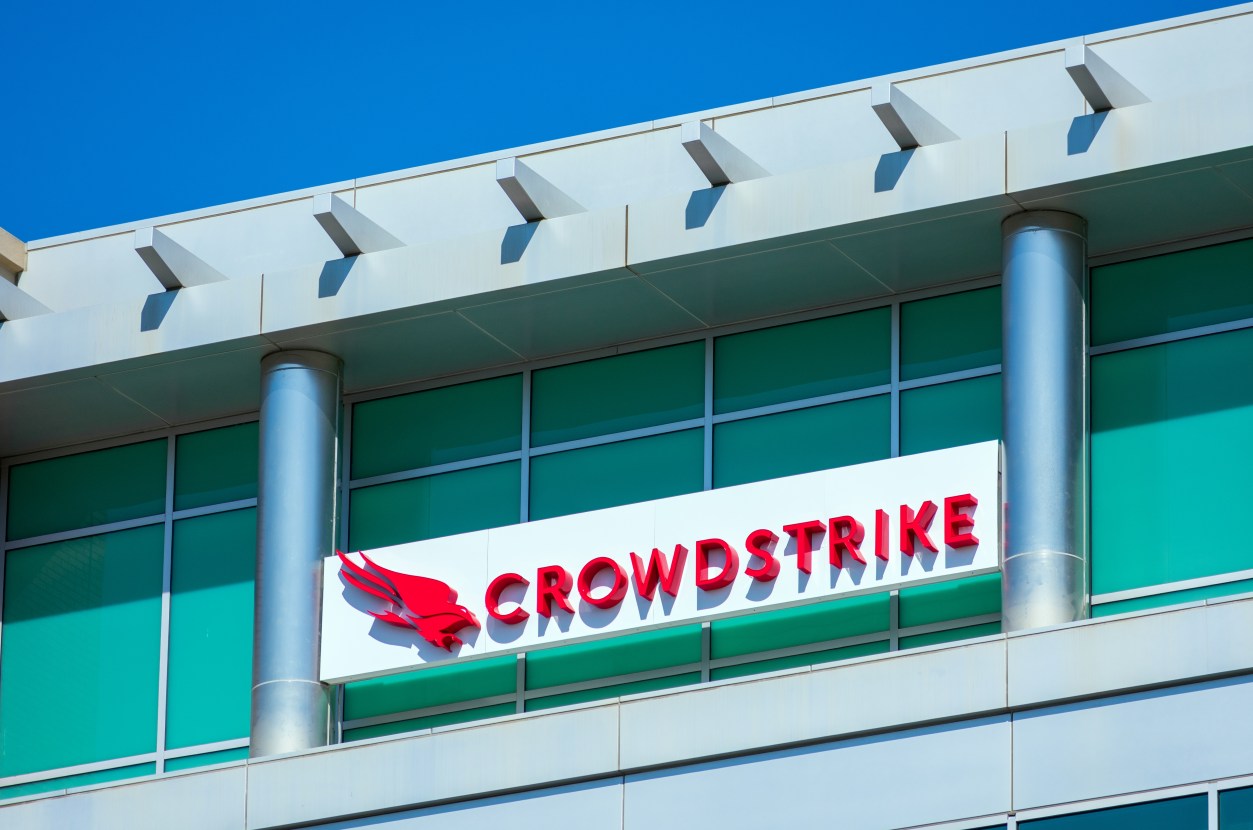WRAPUP 6-Weakening US jobs market hits center of Fed rate policy debate

By Michael S. Derby
Aug 1 (Reuters) - Surprisingly weak July hiring data released on Friday highlighted a fractious Federal Reserve debate over whether the central bank should have cut interest rates when it met this week, as it offered some support to those who’d favored an easing in borrowing costs.
The Labor Department reported that nonfarm payrolls rose by a smaller-than-expected 73,000 jobs last month, with big downward revisions to job growth in May and June. The unemployment rate edged up one-tenth of a percentage point to 4.2% in July.
The soft turn for the job market hit stocks, lowered borrowing costs for U.S. government bonds and strengthened market odds that the Fed would cut interest rates starting at its September policy meeting, with more easings after that.
Further complicating the mix, President Donald Trump also announced even larger tariffs on many of America’s major trading partners, potentially increasing the risk that already high levels of inflation could turn hotter as those import tax increases work through the economy.
The jobs data landed on a day when the two Federal Reserve governors who voted against the Federal Open Market Committee’s decision on Wednesday to maintain its interest rate target range at between 4.25% and 4.5% squared off against officials who supported that steady stance.
In calling for easier policy, Governor Christopher Waller and Vice Chair for Supervision Michelle Bowman both argued that inflation stemming from Trump’s tariffs is likely to be a one-time event that doesn’t contribute to persistent inflation pressures, which in turn means the Fed can ignore it. They also reckon risks are rising for the job market, which bears more Fed attention.
"With economic growth slowing this year and signs of a less dynamic labor market, I saw it as appropriate to begin gradually moving our moderately restrictive policy stance toward a neutral setting," Bowman said in a statement. "This action would have proactively hedged against a further weakening in the economy and the risk of damage to the labor market," she said.
Waller said in a separate statement that "with underlying inflation near target and the upside risks to inflation limited, we should not wait until the labor market deteriorates before we cut the policy rate." He added the central bank's policy rate should be closer to the neutral level where economic activity is neither stimulated nor restrained.
Waller also said of the Fed's broader approach to monetary policy right now that "I believe that the wait-and-see approach is overly cautious, and, in my opinion, does not properly balance the risks to the outlook and could lead to policy falling behind the curve."
The dissents by the two policymakers were notable as it was the first time two governors had dissented together since the end of 1993.
IN BALANCE
Against the push to cut rates, two other policymakers were less ready to say the job market is coming off the rails, and offered views that squared with the broader Fed policymaking consensus.
While acknowledging the headline July payrolls number was "disappointing," Cleveland Fed President Beth Hammack told Bloomberg Television that "I feel confident with the decision that we made earlier this week," noting that "when I step back and look at where we are, I see a labor market that is largely in balance."
She said she will be keeping a close eye on employment data while flagging the fact that inflation is still above the Fed's 2% target, adding that the central bank will have a tricky time balancing its job and inflation mandates. Hammack declined to say what she thinks the Fed should do at its September 16-17 policy meeting.
In an interview with CNBC, Atlanta Fed President Raphael Bostic agreed the central bank did the right thing holding rates steady this week, even in the face of what he knows now about the July employment data.
He said the hiring report was "significant" and notable for its downward revisions to prior months' hiring, and because of that, he's going to more closely weigh job risks relative to ongoing inflation concerns.
Bostic, however, noted that "the labor market still looks good" in terms of wage growth and firms' ongoing efforts to hold onto workers. He said he still has a single rate cut penciled in for 2025, but will watch upcoming data to determine whether that outlook should change.
He also pushed back against the view that tariffs are a one-time inflation shock, saying the way that the U.S. import tax increases have been dribbled out suggests inflation risks could be more persistent.
Amid the back-and-forth between Fed officials, Trump also weighed in to again pressure the central bank toward aggressive rate cuts.
Trump said in post on his Truth Social media platform that Fed Chair Jerome Powell is "a stubborn MORON" and that the central bank "must substantially lower interest rates," and if Powell doesn't do it, other central bank officials should take control and force the matter.
The president also posted on Friday that he was ordering his staff to fire the leader of the Bureau of Labor Statistics in part because he didn't like how the data revision effort turned out, a process well understood by economists. He also attacked Powell again and said the central bank leader should be put “out to pasture.”
NO DECISIONS
The governors' dissents had garnered interest in part because of the broader political currents buffeting the Fed. Trump has been pushing aggressively for rate cuts for some time and says that consideration is a central plank of what he wants in a successor to Powell, whose term as chair ends next year.
Waller, who noted last month that his view was not "political," is widely considered to be in the running to replace Powell next May. Bowman, who was recently elevated to the Fed's bank overseer role by Trump, had previously been on the more hawkish end of the monetary policy spectrum, having dissented last fall in favor of a smaller rate cut than what the Fed delivered.
Speaking Wednesday after the Fed meeting, Powell said “the economy is in a solid position" and "for the time being, we're well positioned to learn more about the likely course of the economy and the evolving balance of risks before adjusting our policy stance."
Powell appeared to see no downsides to the dissents, saying "what you want from everybody, and also from a dissenter, is a clear explanation of what your thinking is and what are the arguments you're making ... We had that today."
Powell did not indicate whether the dissenters had moved the consensus. "We haven't made any decisions about September. We'll be monitoring all the incoming data and asking ourselves whether the federal funds rate is in the right place."





